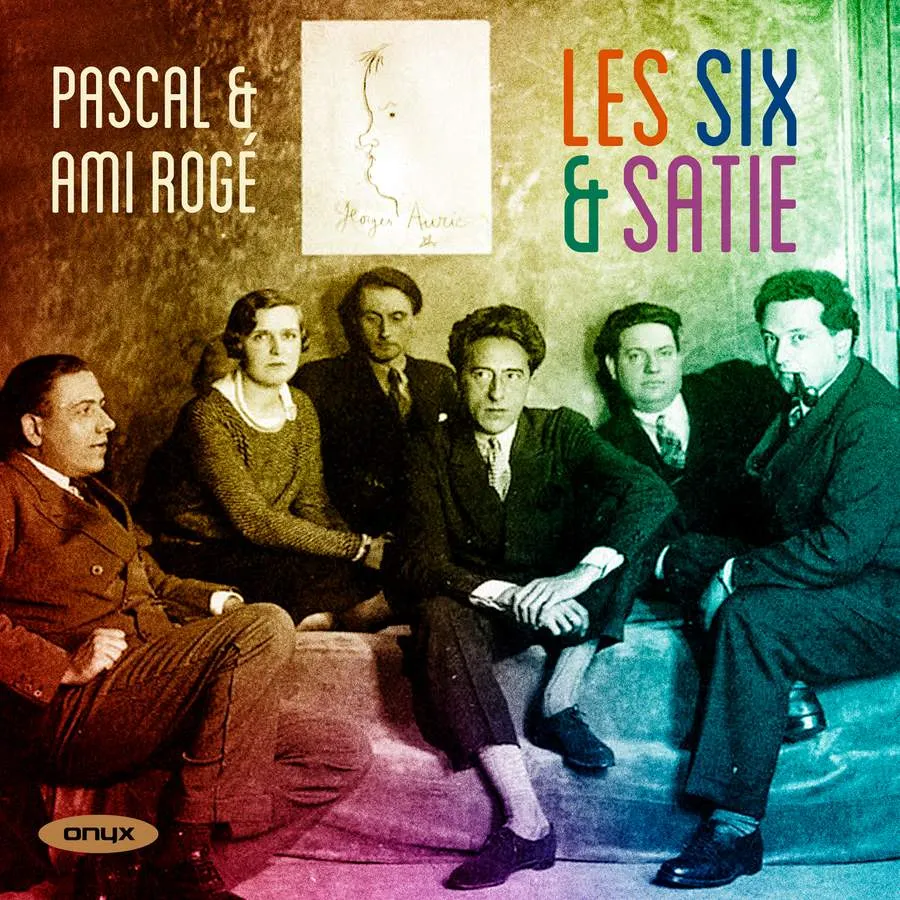
Les Six & Satie Piano works by Auric, Durey, Honegger, Milhaud, Poulenc, Tailleferre & Satie Pascal Rogé, Ami Rogé (piano) Onyx ONYX 4219 70.33 mins
This is a well-chosen collection of piano music which gives some idea of what happened to Les Six, and their spiritual godfather Erik Satie, after the group’s initial outing in 1920 with the publication L’Album des Six. Some, like Milhaud and Honegger, continued their explorations of bitonality and polytonality, while others like Tailleferre and Poulenc moved towards simplification.
Sadly only a few relevant dates are given in the liner notes: it would certainly have been helpful to know that the first two of Tailleferre’s Jeux de Plein Air date from 1917 and the last two from some 30 years later. Also Honegger’s Pastorale d’été and Trois Contrepoints date from 1920 and 1922 respectively, hardly ‘the waning days of Les Six’.
The playing by Pascal and Ami Rogé is spruce and mostly well balanced – much of the disc is for both players – but again the dispositions are not made clear: certainly Parade is not played on two pianos but in Satie’s own piano duet arrangement. I am less happy about the performance of Poulenc’s Capriccio on themes from Le bal masqué, whose manic surrealism calls for earthier, less polite playing. Poulenc wrote in praise of the work’s ‘banality’ and more generous pedalling would have helped achieve this.
In line with the general attitude these days, composers’ instructions are not always heeded, the worst case for me being the refusal to obey the fortissimo/pianissimo contrast in the ‘Chinese conjuror’ section of Parade, allotted in the orchestral score to fanfares on trumpets and trombones against twittering on strings. Instead we’re given a bland mezzo forte throughout which makes nonsense of Satie’s intentions.
Roger Nichols
